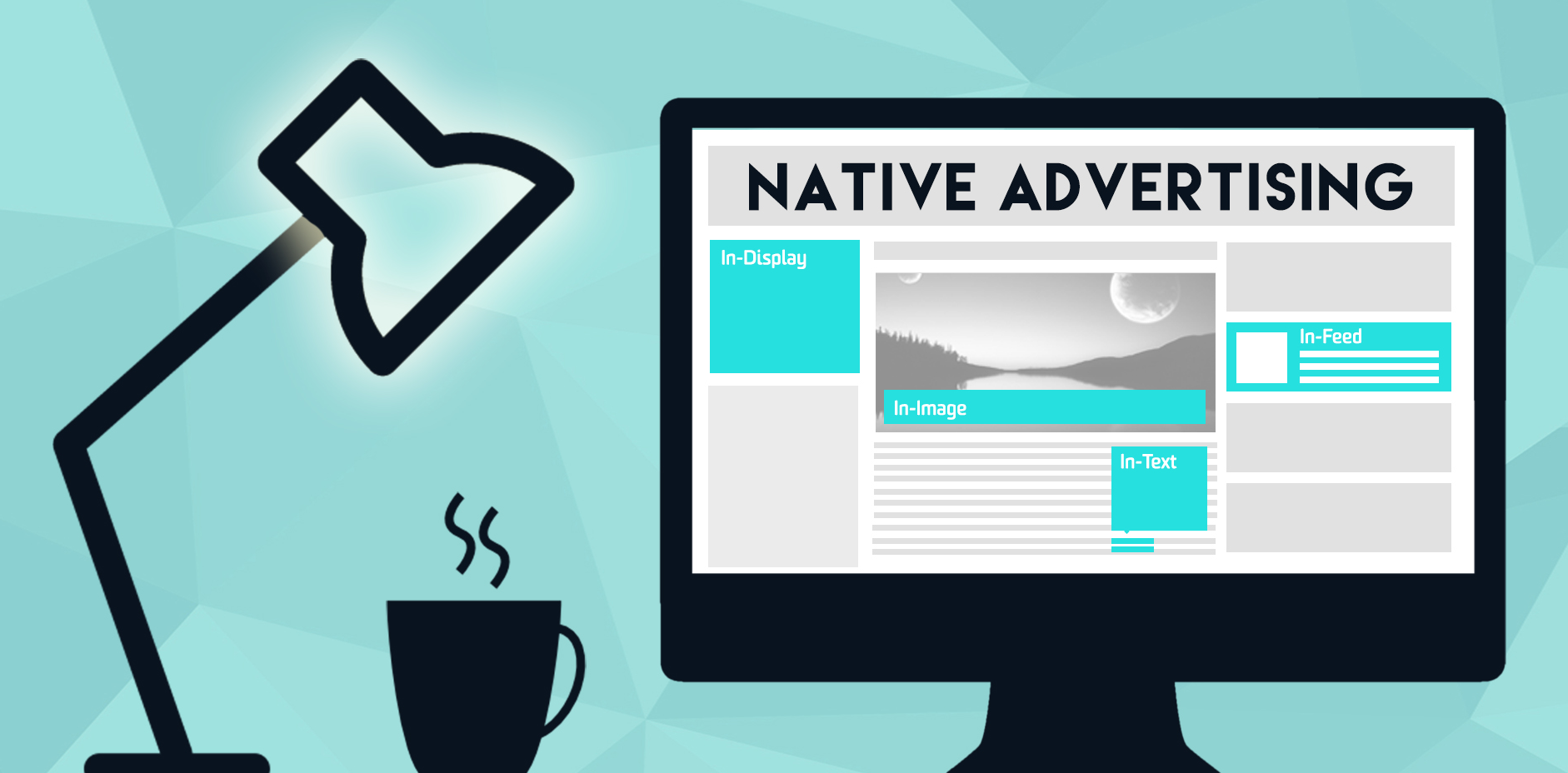Native advertising can be seen as a relatively new form of online advertising, especially when it is  compared to the likes of PPC that has been around since the early 2000s. Native advertising is a way of promotion through content, so it is much more ‘invisible’ as a form of advertising than traditional forms, such as banner and PPC advertising. With such a new form of advertising has come controversy. But, at the same time, it has proved to be very popular, with many of the largest websites now displaying some sort of native advertising. Here are some of the main reasons why native advertising has become so popular in 2017.
compared to the likes of PPC that has been around since the early 2000s. Native advertising is a way of promotion through content, so it is much more ‘invisible’ as a form of advertising than traditional forms, such as banner and PPC advertising. With such a new form of advertising has come controversy. But, at the same time, it has proved to be very popular, with many of the largest websites now displaying some sort of native advertising. Here are some of the main reasons why native advertising has become so popular in 2017.
#1 Can be Invisible as Advertisement
The great thing about native adverts is that it blends into the theme and content of the website. Such examples includes:
- Actual content, in the form of an article on a website.
- Sponsored post on Facebook.
- Sponsored Tweet on Twitter.
- Sponsored post on Instagram.
- Sponsored video.
Pretty much, the idea behind native advertising is that it takes on the same form of content on the platform or website that it is being viewed on. From this, it looks exactly like the content already on there, making it harder for web users to distinguish between actual content and sponsored content. This tends to cause the engagement and exposure of native advertising to be far higher than traditional forms of advertising.
#2 Much More Flexibility
If you take the example of PPC, the way the advert looks on search engine results is very structured, with there being a title, description, URL and the added options of ad extensions to use – it is quite strict as to how a search advert can look with there being no flexibility apart from the above mentioned.
Compare this with native advertising and the possibilities are endless, mainly because the native advert will vary in how it looks and the content of it based on the specific website it is on. For example, a native advert on one website will look different to that on Facebook to that on Instagram to that on, say, LinkedIn.
#3 Native Adverts Do Not Come Across as Selling
Tying in with the first point about invisibility with native adverts, it is also true to say that native adverts do not come across to the web user as a form of selling/obvious promotion. When web users see traditional adverts, an immediate emotion that comes across to some people is of annoyance. They do not want to be bombarded with advertising that is disrupting their online browsing – this tends to be the main reason why web users use ad blockers. Native advertising, on the other hand, can counteract this since it can provide some usefulness to the web user. For example, having sponsored content and videos can work to engage the web user making sure they have a genuine interest in the native advert.




You must be logged in to post a commentLogin